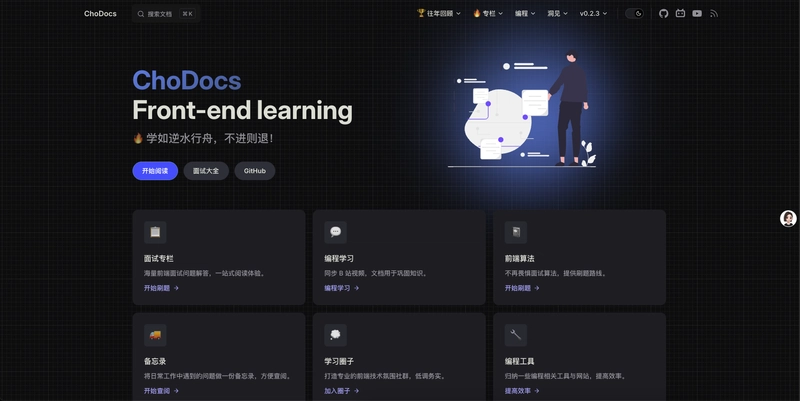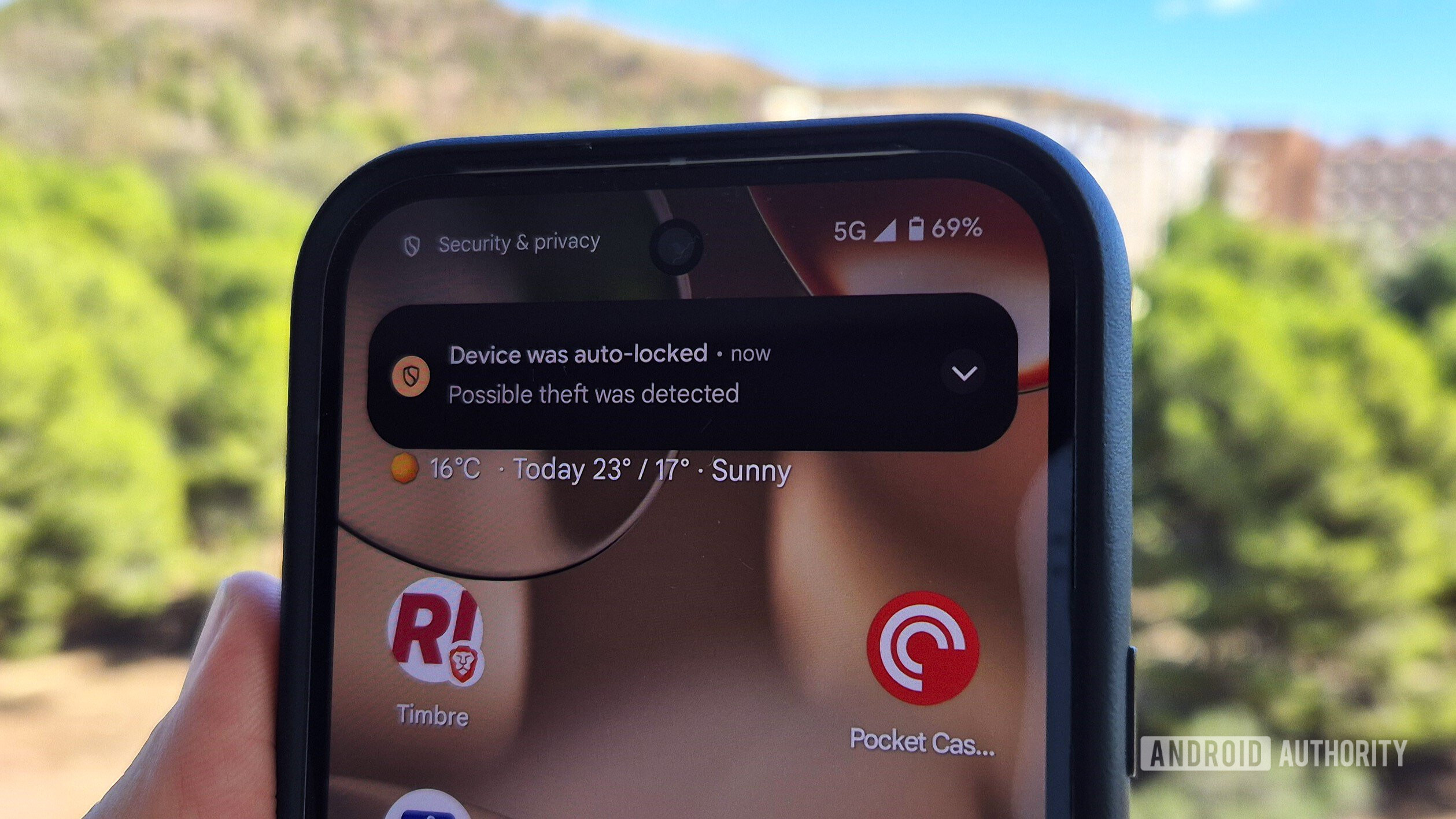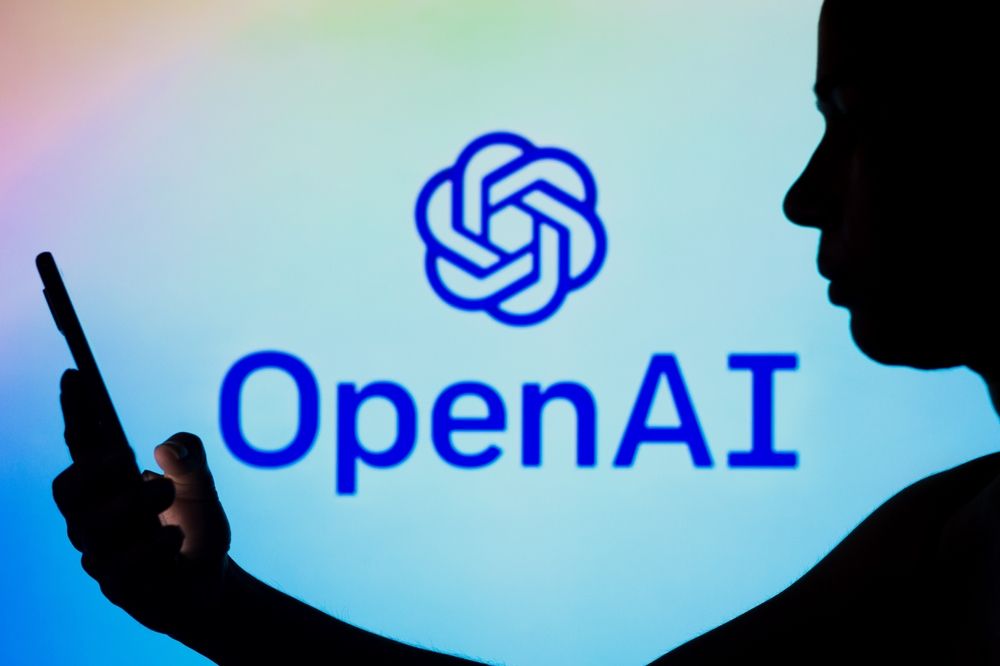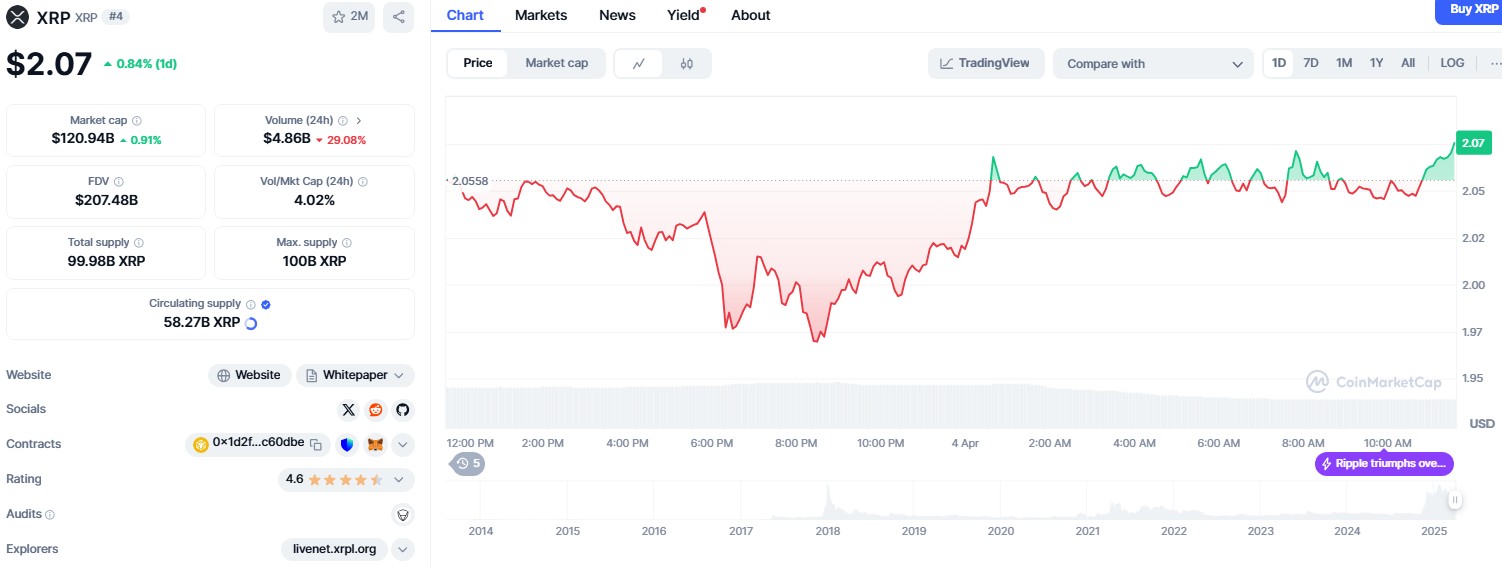Getting Started With gRPC in Golang
Hi there! I'm Shrijith Venkatrama, founder of Hexmos. Right now, I’m building LiveAPI, a tool that makes generating API docs from your code ridiculously easy. gRPC is a framework for building fast, scalable APIs, especially in distributed systems like microservices. It’s built on HTTP/2 and Protocol Buffers (protobuf), offering a different approach from REST. If you’re working in Golang and need efficient communication between services, gRPC is worth a look. This post walks you through what it does, how to set up a basic example, and a more advanced duplex streaming case to show its real power. What gRPC Brings to the Table gRPC tackles some common pain points in API design: Speed: It uses HTTP/2 to handle multiple requests over one connection and protobuf for compact binary data, cutting down on latency and payload size compared to REST’s JSON over HTTP/1.1. Cross-Language Support: It generates client and server code for many languages, so a Go service can talk to a Python one without extra effort. Streaming: Unlike REST’s request-response model, gRPC supports bidirectional streaming for real-time data. Strong Typing: Protobuf defines your API contract, reducing runtime errors with generated, typed code. Scalability: Built-in load balancing and service discovery make it a fit for large systems. It’s not a REST replacement—REST is simpler for public, browser-friendly APIs. But for internal services or performance-critical apps, gRPC has an edge. Setting Up gRPC in Go: Basic Hello World Let’s build a simple gRPC service where a client sends a name, and the server replies with a greeting. Here’s every step from scratch. Step 1: Initialize the Project Create a new directory and set up a Go module: mkdir grpc-hello cd grpc-hello go mod init grpc-hello Step 2: Install Dependencies You’ll need the gRPC library, protobuf tools, and the Go code generator: go get google.golang.org/grpc go install google.golang.org/grpc/cmd/protoc-gen-go-grpc@latest go install google.golang.org/protobuf/cmd/protoc-gen-go@latest Install the protoc compiler manually from here and add it to your PATH. Step 3: Define the Service Create a proto/ directory and add proto/hello.proto: syntax = "proto3"; package proto; option go_package = "./proto"; service Greeter { rpc SayHello (HelloRequest) returns (HelloResponse); } message HelloRequest { string name = 1; } message HelloResponse { string message = 1; } This defines a Greeter service with one method, SayHello. Step 4: Generate Code Compile the .proto file into Go: protoc --go_out=. --go_opt=paths=source_relative --go-grpc_out=. --go-grpc_opt=paths=source_relative proto/hello.proto This creates proto/hello.pb.go and proto/hello_grpc.pb.go. Step 5: Write the Server Create server/main.go: package main import ( "context" "fmt" "log" "net" pb "grpc-hello/proto" "google.golang.org/grpc" ) type server struct { pb.UnimplementedGreeterServer } func (s *server) SayHello(ctx context.Context, req *pb.HelloRequest) (*pb.HelloResponse, error) { return &pb.HelloResponse{Message: fmt.Sprintf("Hello, %s!", req.Name)}, nil } func main() { lis, err := net.Listen("tcp", ":50051") if err != nil { log.Fatalf("failed to listen: %v", err) } s := grpc.NewServer() pb.RegisterGreeterServer(s, &server{}) log.Println("Server running on :50051") if err := s.Serve(lis); err != nil { log.Fatalf("failed to serve: %v", err) } } Step 6: Write the Client Create client/main.go: package main import ( "context" "log" pb "grpc-hello/proto" "google.golang.org/grpc" ) func main() { conn, err := grpc.Dial("localhost:50051", grpc.WithInsecure()) if err != nil { log.Fatalf("did not connect: %v", err) } defer conn.Close() c := pb.NewGreeterClient(conn) resp, err := c.SayHello(context.Background(), &pb.HelloRequest{Name: "Alice"}) if err != nil { log.Fatalf("could not greet: %v", err) } log.Printf("Response: %s", resp.Message) } Step 7: Test It Run the server in one terminal: go run server/main.go Then the client in another: go run client/main.go You’ll see "Response: Hello, Alice!" in the client’s output. That’s the basics working. How gRPC Compares to REST gRPC’s efficiency comes from HTTP/2 and protobuf. Here’s a quick comparison: Feature REST (JSON) gRPC (Protobuf) Payload Size Larger (text-based) Smaller (binary) Latency Higher (HTTP/1.1) Lower (HTTP/2) Streaming Limited Bidirectional Typing Manual Auto-generated See benchmark for numbers on performance - but suffice to say here - generally as the traffic grows - gRPC scales more efficiently and gracefully. Going Deeper: Duplex Streaming Example The basic example is fine, but gRPC’s

Hi there! I'm Shrijith Venkatrama, founder of Hexmos. Right now, I’m building LiveAPI, a tool that makes generating API docs from your code ridiculously easy.
gRPC is a framework for building fast, scalable APIs, especially in distributed systems like microservices.
It’s built on HTTP/2 and Protocol Buffers (protobuf), offering a different approach from REST.
If you’re working in Golang and need efficient communication between services, gRPC is worth a look.
This post walks you through what it does, how to set up a basic example, and a more advanced duplex streaming case to show its real power.
What gRPC Brings to the Table
gRPC tackles some common pain points in API design:
- Speed: It uses HTTP/2 to handle multiple requests over one connection and protobuf for compact binary data, cutting down on latency and payload size compared to REST’s JSON over HTTP/1.1.
- Cross-Language Support: It generates client and server code for many languages, so a Go service can talk to a Python one without extra effort.
- Streaming: Unlike REST’s request-response model, gRPC supports bidirectional streaming for real-time data.
- Strong Typing: Protobuf defines your API contract, reducing runtime errors with generated, typed code.
- Scalability: Built-in load balancing and service discovery make it a fit for large systems.
It’s not a REST replacement—REST is simpler for public, browser-friendly APIs. But for internal services or performance-critical apps, gRPC has an edge.
Setting Up gRPC in Go: Basic Hello World
Let’s build a simple gRPC service where a client sends a name, and the server replies with a greeting. Here’s every step from scratch.
Step 1: Initialize the Project
Create a new directory and set up a Go module:
mkdir grpc-hello
cd grpc-hello
go mod init grpc-hello
Step 2: Install Dependencies
You’ll need the gRPC library, protobuf tools, and the Go code generator:
go get google.golang.org/grpc
go install google.golang.org/grpc/cmd/protoc-gen-go-grpc@latest
go install google.golang.org/protobuf/cmd/protoc-gen-go@latest
Install the protoc compiler manually from here and add it to your PATH.
Step 3: Define the Service
Create a proto/ directory and add proto/hello.proto:
syntax = "proto3";
package proto;
option go_package = "./proto";
service Greeter {
rpc SayHello (HelloRequest) returns (HelloResponse);
}
message HelloRequest {
string name = 1;
}
message HelloResponse {
string message = 1;
}
This defines a Greeter service with one method, SayHello.
Step 4: Generate Code
Compile the .proto file into Go:
protoc --go_out=. --go_opt=paths=source_relative --go-grpc_out=. --go-grpc_opt=paths=source_relative proto/hello.proto
This creates proto/hello.pb.go and proto/hello_grpc.pb.go.
Step 5: Write the Server
Create server/main.go:
package main
import (
"context"
"fmt"
"log"
"net"
pb "grpc-hello/proto"
"google.golang.org/grpc"
)
type server struct {
pb.UnimplementedGreeterServer
}
func (s *server) SayHello(ctx context.Context, req *pb.HelloRequest) (*pb.HelloResponse, error) {
return &pb.HelloResponse{Message: fmt.Sprintf("Hello, %s!", req.Name)}, nil
}
func main() {
lis, err := net.Listen("tcp", ":50051")
if err != nil {
log.Fatalf("failed to listen: %v", err)
}
s := grpc.NewServer()
pb.RegisterGreeterServer(s, &server{})
log.Println("Server running on :50051")
if err := s.Serve(lis); err != nil {
log.Fatalf("failed to serve: %v", err)
}
}
Step 6: Write the Client
Create client/main.go:
package main
import (
"context"
"log"
pb "grpc-hello/proto"
"google.golang.org/grpc"
)
func main() {
conn, err := grpc.Dial("localhost:50051", grpc.WithInsecure())
if err != nil {
log.Fatalf("did not connect: %v", err)
}
defer conn.Close()
c := pb.NewGreeterClient(conn)
resp, err := c.SayHello(context.Background(), &pb.HelloRequest{Name: "Alice"})
if err != nil {
log.Fatalf("could not greet: %v", err)
}
log.Printf("Response: %s", resp.Message)
}
Step 7: Test It
Run the server in one terminal:
go run server/main.go
Then the client in another:
go run client/main.go
You’ll see "Response: Hello, Alice!" in the client’s output. That’s the basics working.
How gRPC Compares to REST
gRPC’s efficiency comes from HTTP/2 and protobuf. Here’s a quick comparison:
| Feature | REST (JSON) | gRPC (Protobuf) |
|---|---|---|
| Payload Size | Larger (text-based) | Smaller (binary) |
| Latency | Higher (HTTP/1.1) | Lower (HTTP/2) |
| Streaming | Limited | Bidirectional |
| Typing | Manual | Auto-generated |
See benchmark for numbers on performance - but suffice to say here - generally as the traffic grows - gRPC scales more efficiently and gracefully.
Going Deeper: Duplex Streaming Example
The basic example is fine, but gRPC’s real strength is streaming. Let’s build a chat-like service with bidirectional streaming, where the client and server send messages back and forth.
Step 1: Update the Proto File
Edit proto/hello.proto:
syntax = "proto3";
package proto;
option go_package = "./proto";
service Chat {
rpc ChatStream (stream ChatMessage) returns (stream ChatMessage);
}
message ChatMessage {
string user = 1;
string text = 2;
}
Regenerate the code:
protoc --go_out=. --go_opt=paths=source_relative --go-grpc_out=. --go-grpc_opt=paths=source_relative proto/hello.proto
Step 2: Write the Streaming Server
Update server/main.go:
package main
import (
"io"
"log"
"net"
pb "grpc-hello/proto"
"google.golang.org/grpc"
)
type server struct {
pb.UnimplementedChatServer
}
func (s *server) ChatStream(stream pb.Chat_ChatStreamServer) error {
for {
msg, err := stream.Recv()
if err == io.EOF {
return nil // Client closed the stream
}
if err != nil {
return err
}
log.Printf("Received from %s: %s", msg.User, msg.Text)
// Echo back with a server twist
err = stream.Send(&pb.ChatMessage{
User: "Server",
Text: "Echo: " + msg.Text,
})
if err != nil {
return err
}
}
}
func main() {
lis, err := net.Listen("tcp", ":50051")
if err != nil {
log.Fatalf("failed to listen: %v", err)
}
s := grpc.NewServer()
pb.RegisterChatServer(s, &server{})
log.Println("Server running on :50051")
if err := s.Serve(lis); err != nil {
log.Fatalf("failed to serve: %v", err)
}
}
Step 3: Write the Streaming Client
Update client/main.go:
package main
import (
"context"
"io"
"log"
"time"
pb "grpc-hello/proto"
"google.golang.org/grpc"
)
func main() {
conn, err := grpc.Dial("localhost:50051", grpc.WithInsecure())
if err != nil {
log.Fatalf("did not connect: %v", err)
}
defer conn.Close()
c := pb.NewChatClient(conn)
stream, err := c.ChatStream(context.Background())
if err != nil {
log.Fatalf("could not open stream: %v", err)
}
// Receive messages in a goroutine
go func() {
for {
msg, err := stream.Recv()
if err == io.EOF {
log.Println("Server closed the stream")
return
}
if err != nil {
log.Printf("stream error: %v", err)
return
}
log.Printf("%s says: %s", msg.User, msg.Text)
}
}()
// Send messages
messages := []string{"Hi there", "How’s it going?", "Bye for now"}
for _, text := range messages {
err := stream.Send(&pb.ChatMessage{User: "Client", Text: text})
if err != nil {
log.Printf("send error: %v", err)
return
}
time.Sleep(1 * time.Second) // Simulate a chat pace
}
stream.CloseSend() // Tell server we’re done sending
time.Sleep(1 * time.Second) // Let server finish responding
}
Step 4: Run It
Start the server:
go run server/main.go
Then the client:
go run client/main.go
The client sends three messages, and the server echoes them back. You’ll see output like:
Client: Hi there
Server: Echo: Hi there
Client: How’s it going?
Server: Echo: How’s it going?
Client: Bye for now
Server: Echo: Bye for now
This shows gRPC’s duplex streaming in action—both sides talking simultaneously over one connection. It’s perfect for chat apps, live updates, or any real-time system.
What is Protocol Buffers?
Protocol Buffers (protobuf) is the data format gRPC uses.
You define your messages and services in a .proto file, and protoc generates code to serialize/deserialize them into binary.
It’s faster than JSON because it’s compact and skips text parsing. In our examples, HelloRequest and ChatMessage are protobuf messages—simple, typed, and efficient.
When to Pick gRPC
Use gRPC for:
- Internal microservices needing speed and typing.
- Real-time apps with streaming (like our chat example).
- Multi-language projects where code generation saves time.
- Bandwidth-sensitive devices like mobile or IoT.
Stick with REST for:
- Public APIs where JSON and HTTP/1.1 are king.
- Simpler projects not needing streaming or performance tweaks.
Useful Tools
- gRPCurl: CLI for testing gRPC endpoints.
- Evans: Interactive CLI for exploring services.
-
Protobuf VSCode Extension: Better
.protoediting.
Final Thoughts
gRPC in Go is a solid choice for building efficient, scalable services.
The basic "Hello World" gets you started, while duplex streaming shows its real potential.
It’s not about replacing REST—it’s about picking the right tool.
Try it out, tweak the examples, and see how it fits your next project. Questions? Hit me up in the comments.










































































































































































![[The AI Show Episode 142]: ChatGPT’s New Image Generator, Studio Ghibli Craze and Backlash, Gemini 2.5, OpenAI Academy, 4o Updates, Vibe Marketing & xAI Acquires X](https://www.marketingaiinstitute.com/hubfs/ep%20142%20cover.png)
















































































































































































































































.jpg?#)













































































































































![YouTube Announces New Creation Tools for Shorts [Video]](https://www.iclarified.com/images/news/96923/96923/96923-640.jpg)

![Apple Faces New Tariffs but Has Options to Soften the Blow [Kuo]](https://www.iclarified.com/images/news/96921/96921/96921-640.jpg)

































































































































